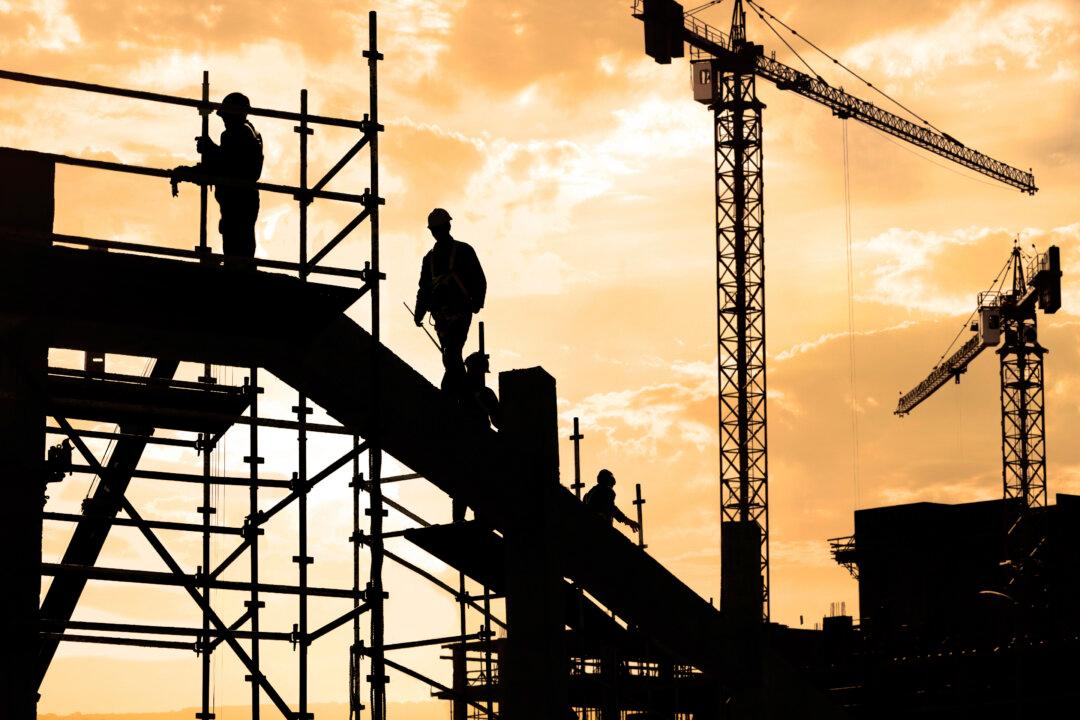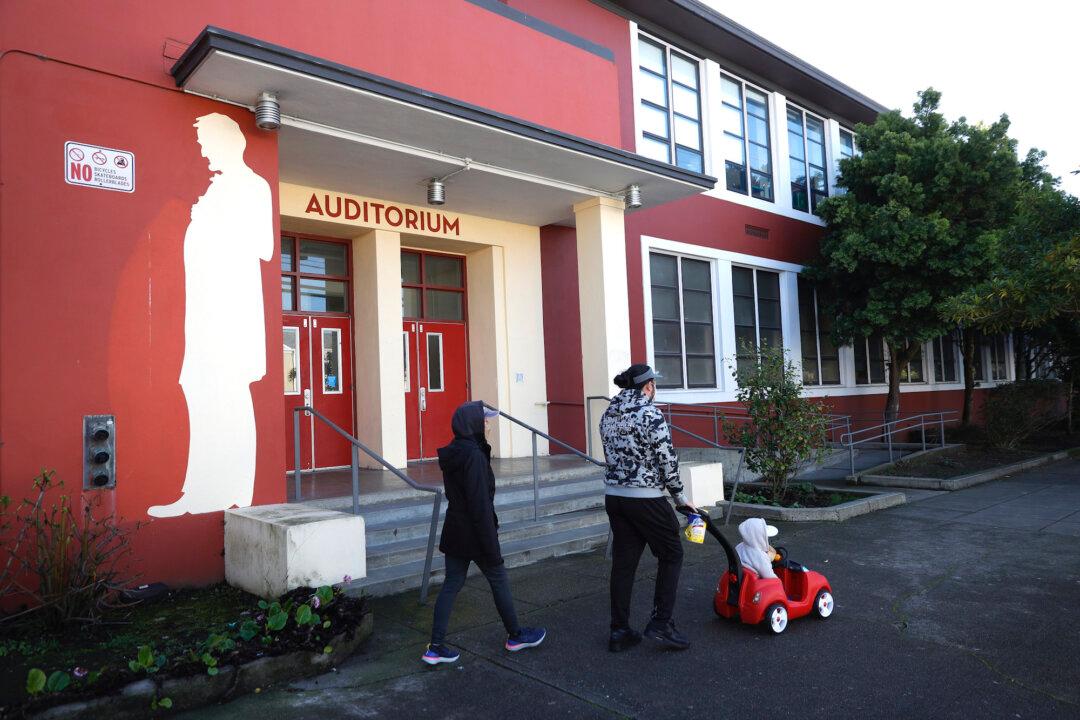The lights come on at the flick of a switch. The PC boots up the world from home. The shower spews warm water, the coffee brews, the toast browns, the electric toothbrush works, soap does its job. Lucky ones get to bid adieu to loved ones before heading off to work like millions of others in America in transportation of some kind on paved roads monitored by traffic devices, which maintain a sense of order, and cross bridges that don’t collapse.
Such is life, taking existence for granted with nary a question about how all the substance in our midst came into being or the skill and labor behind it all.
Labor Day is a time to reflect, beyond lip service, on 'Who done it?'





